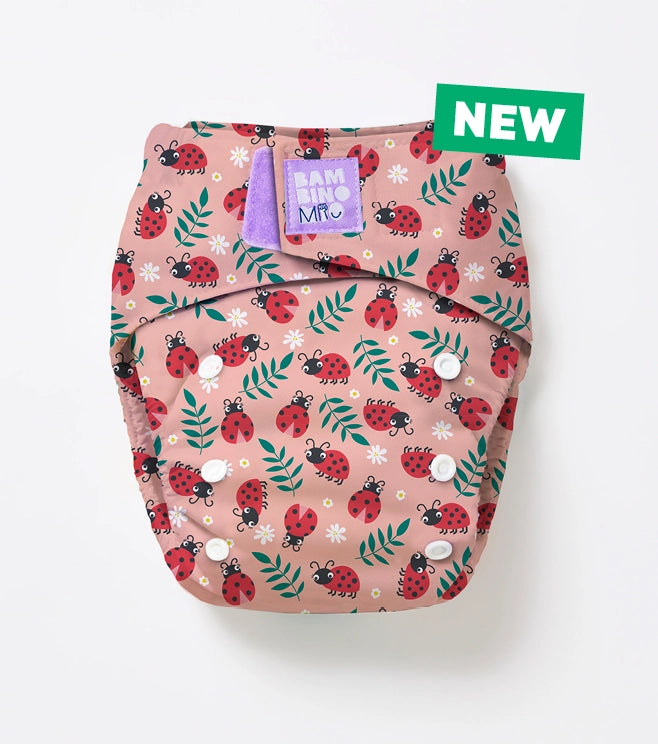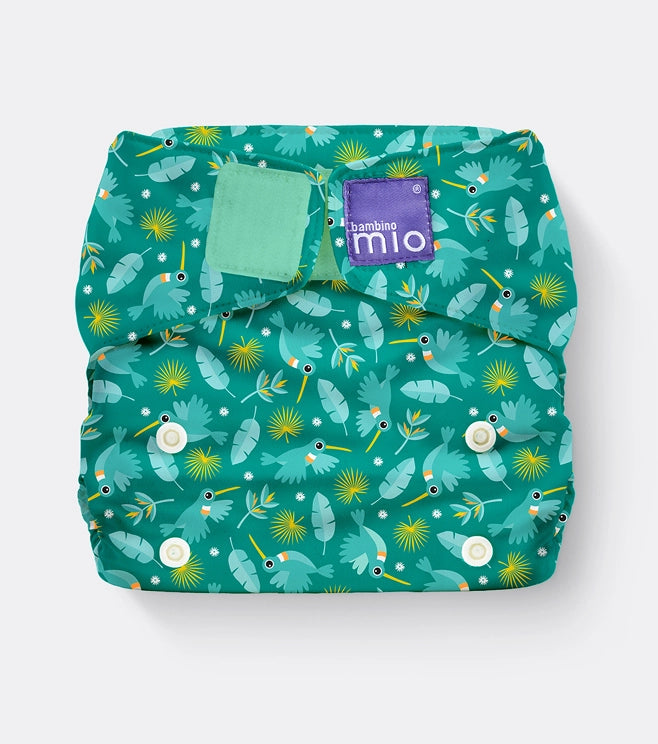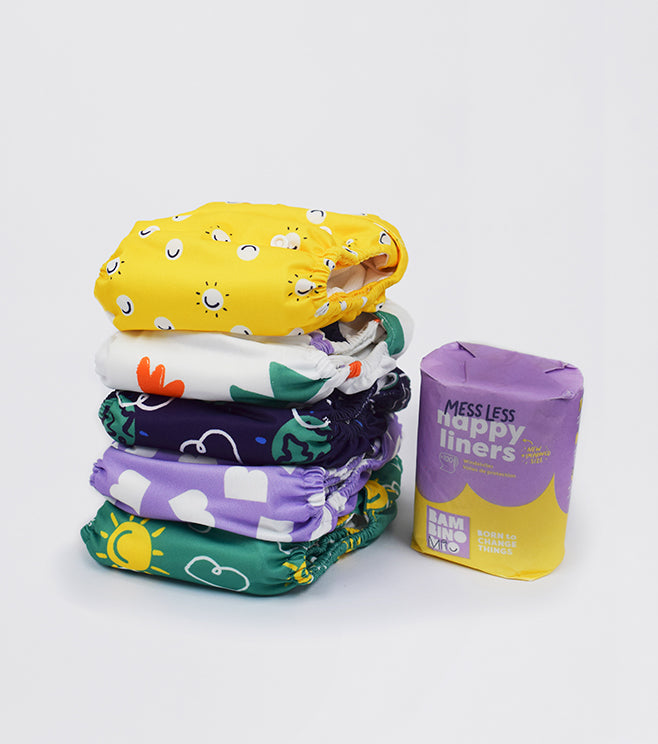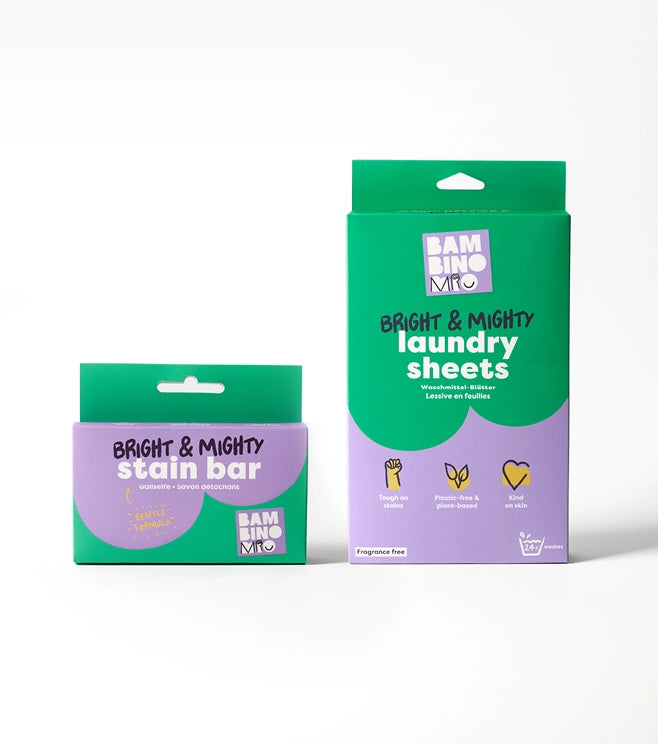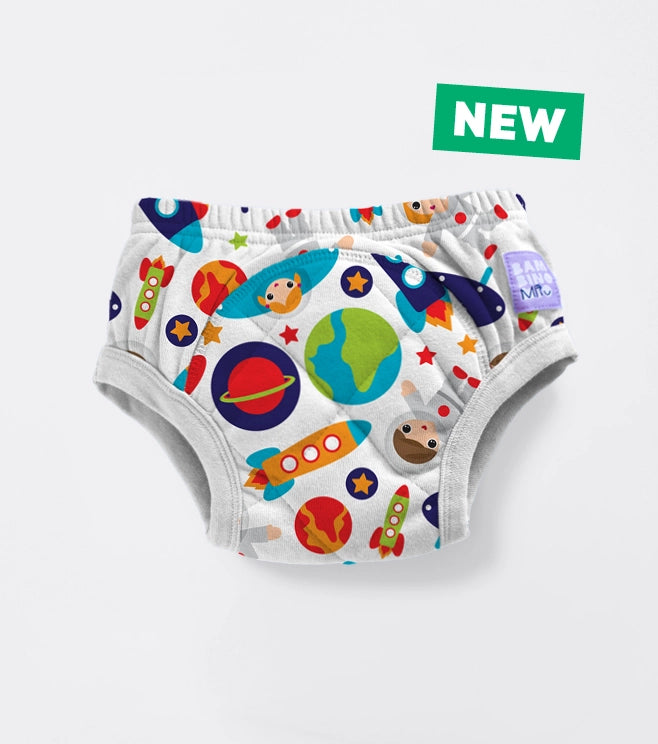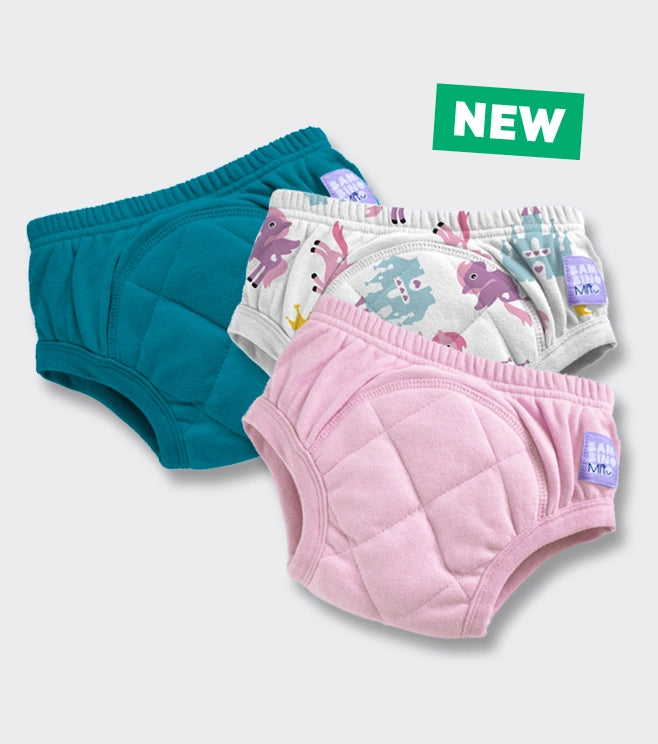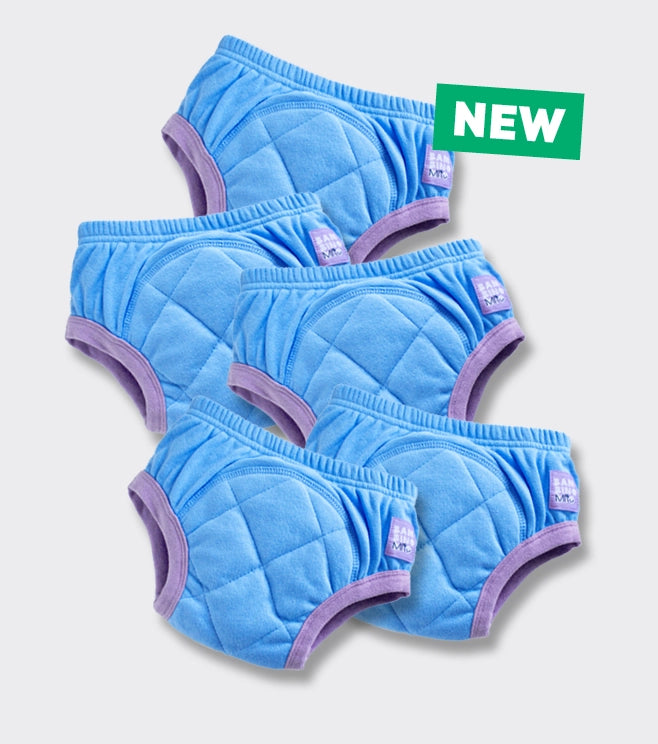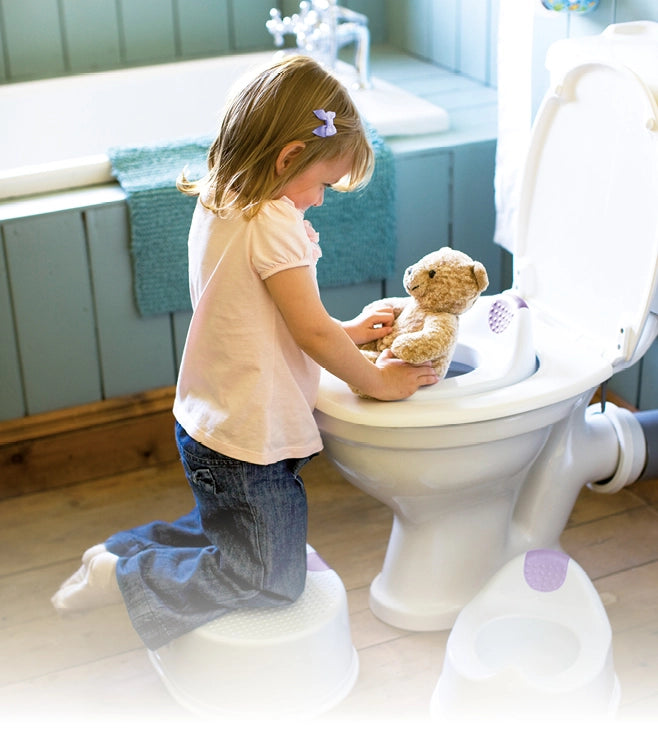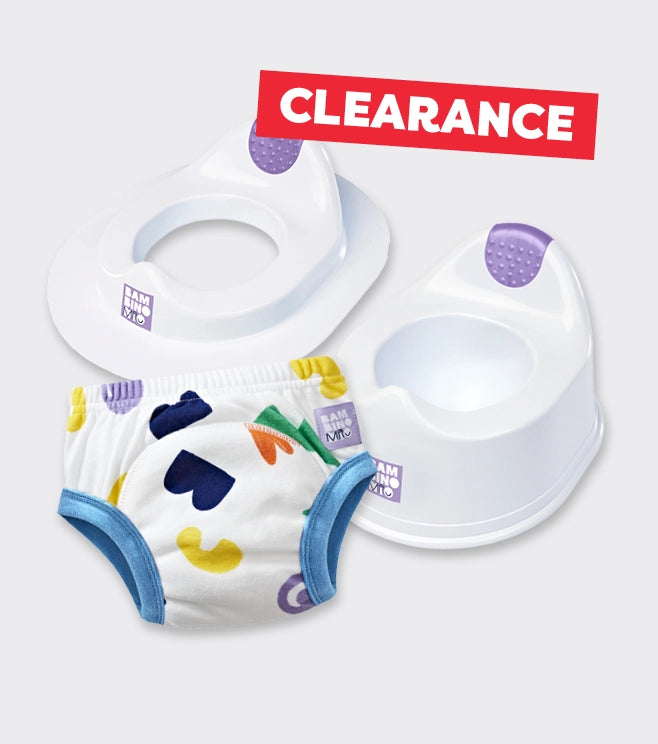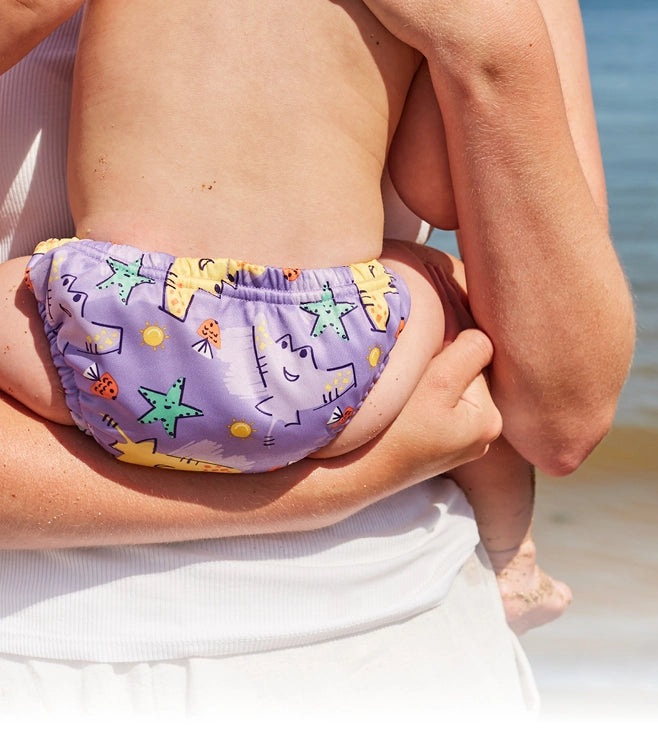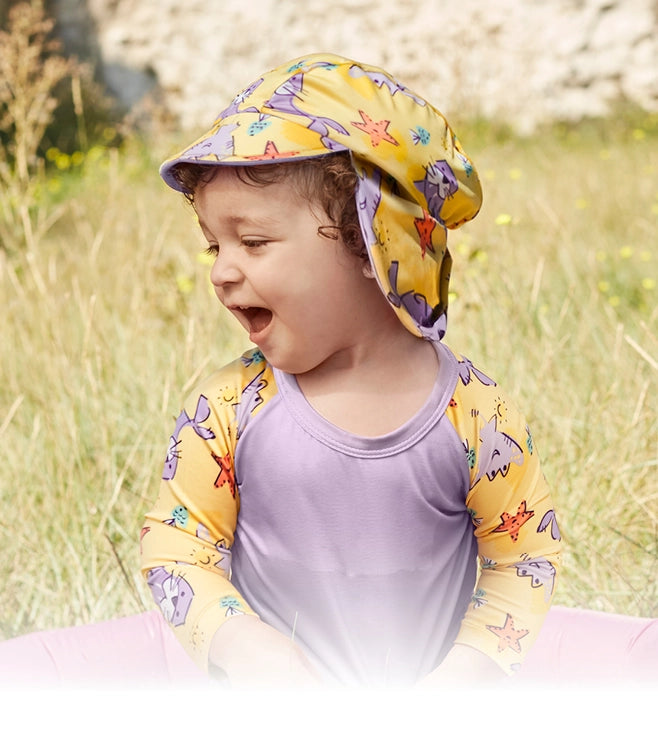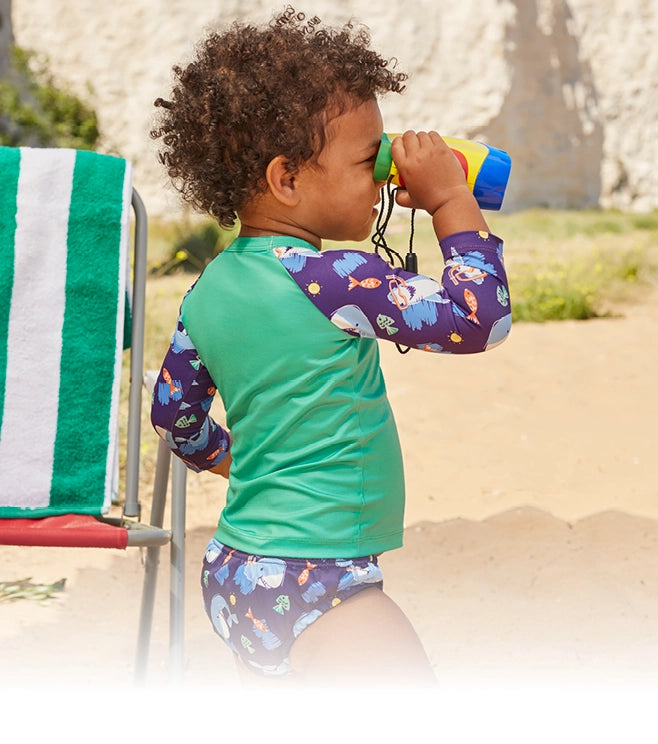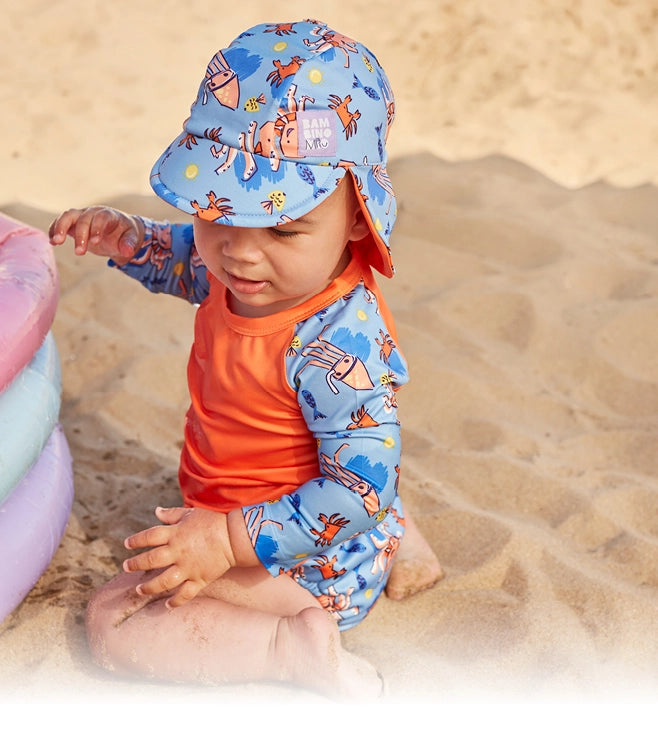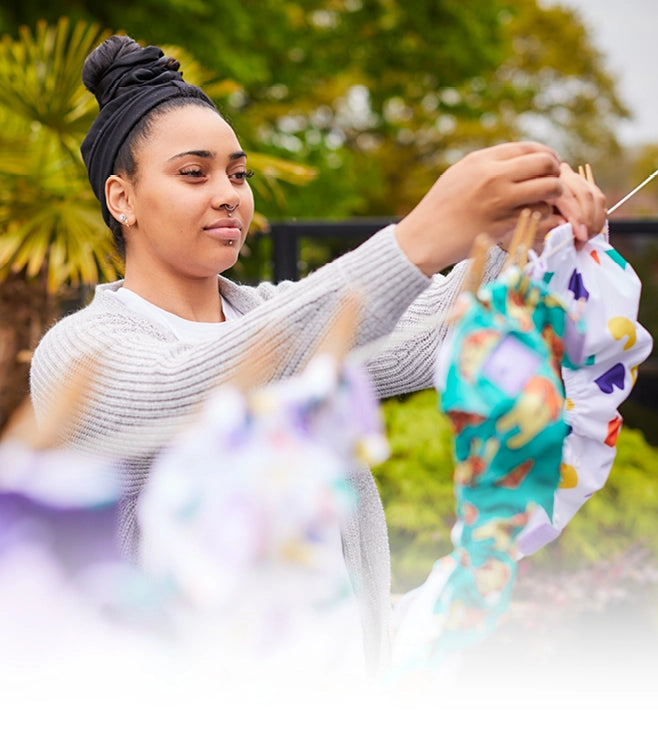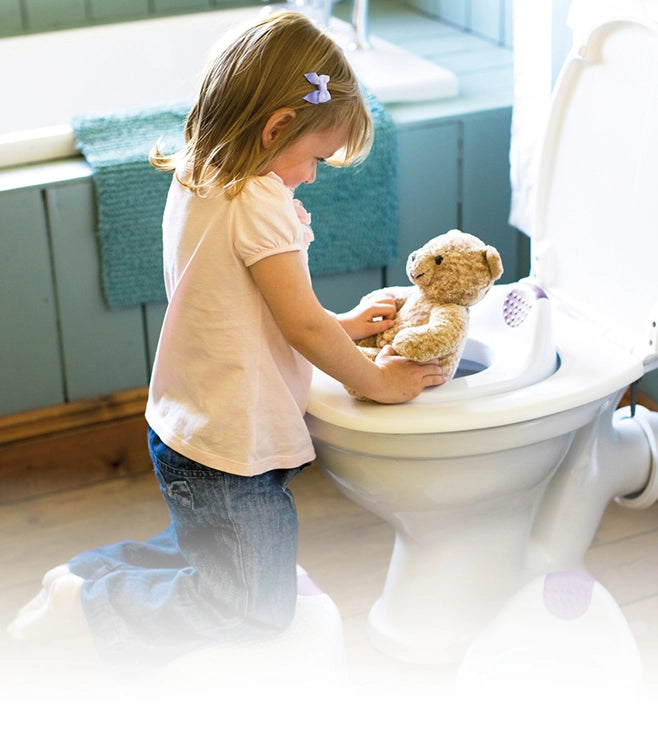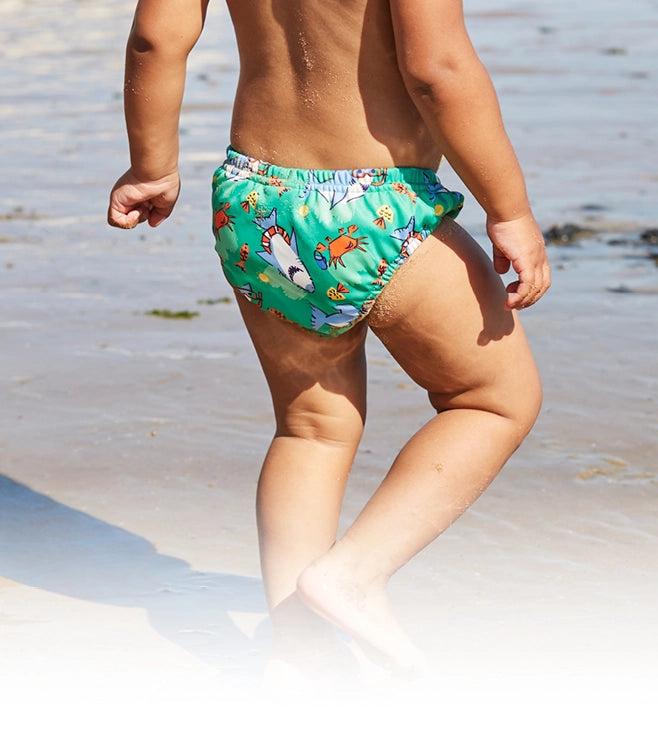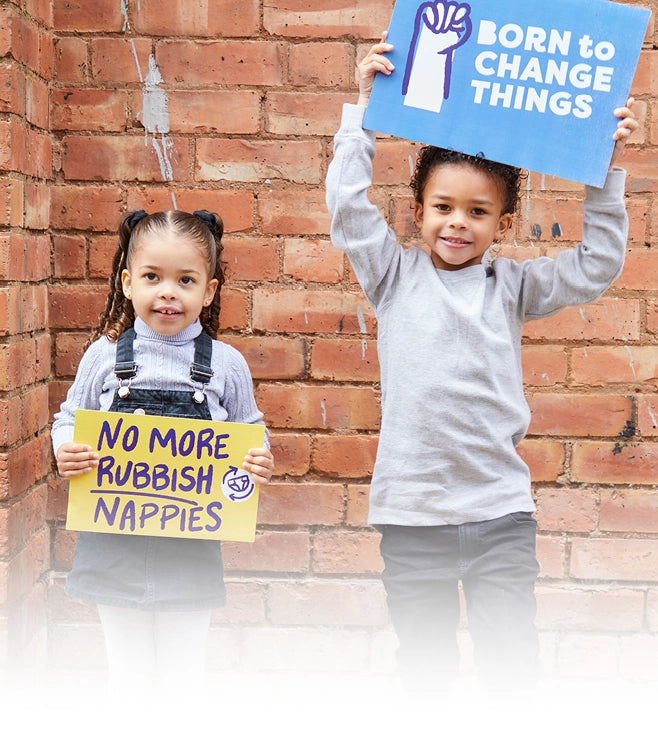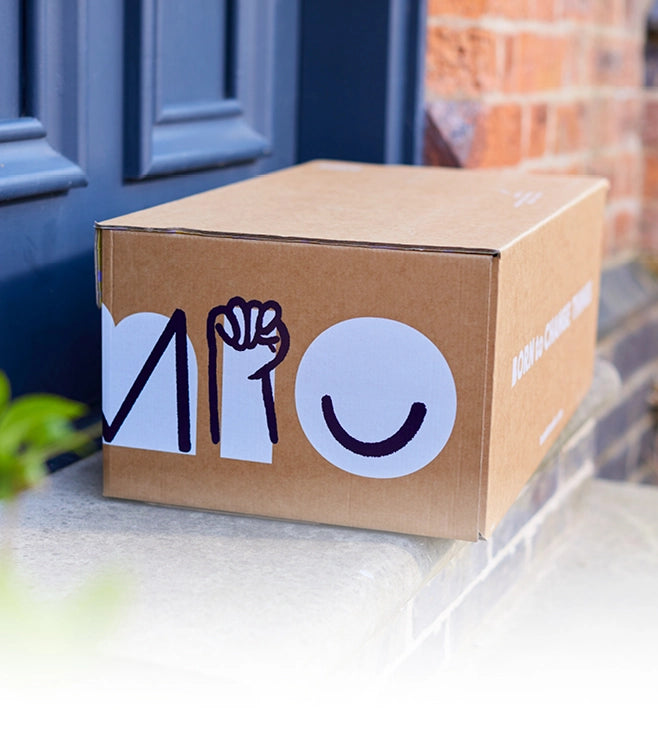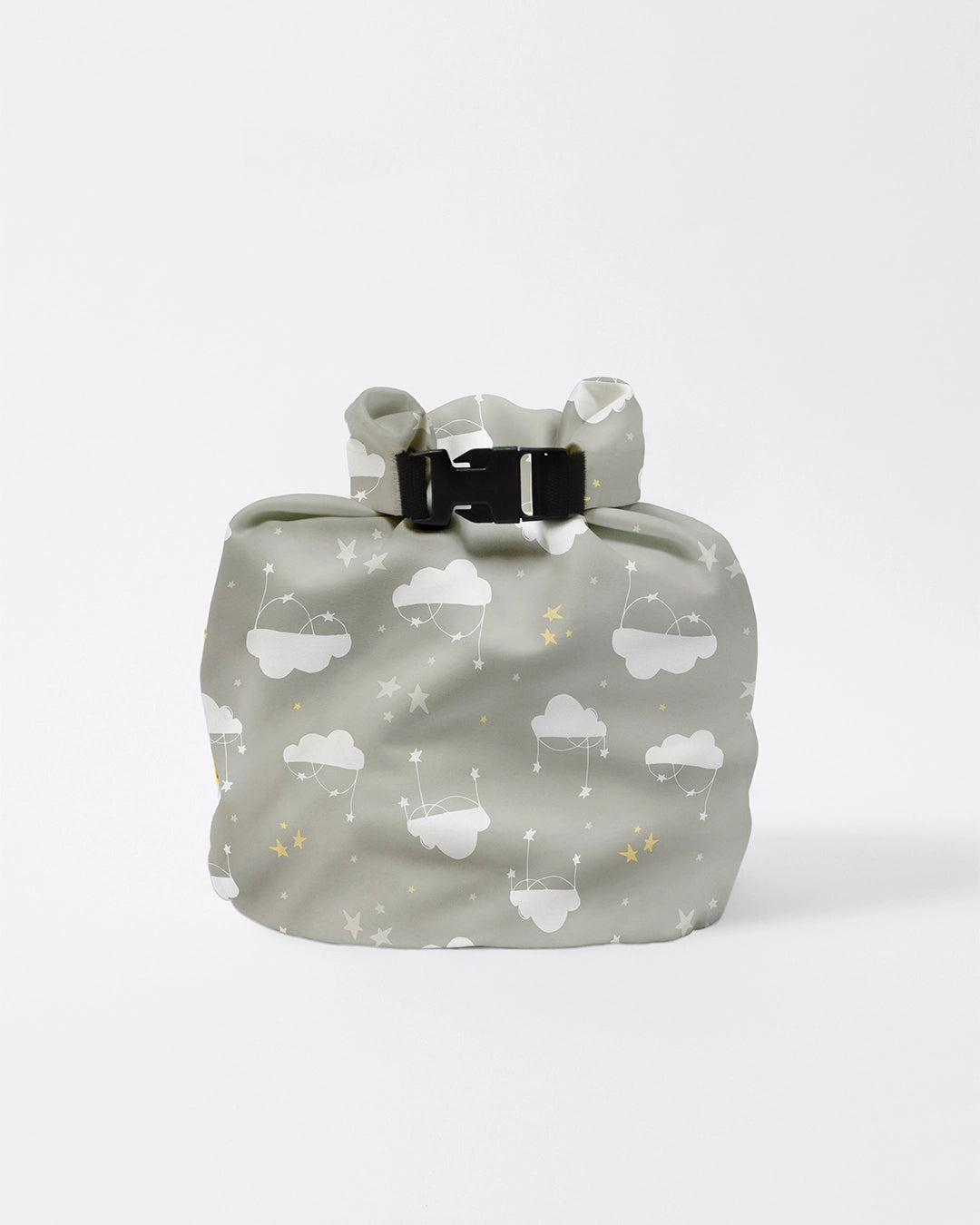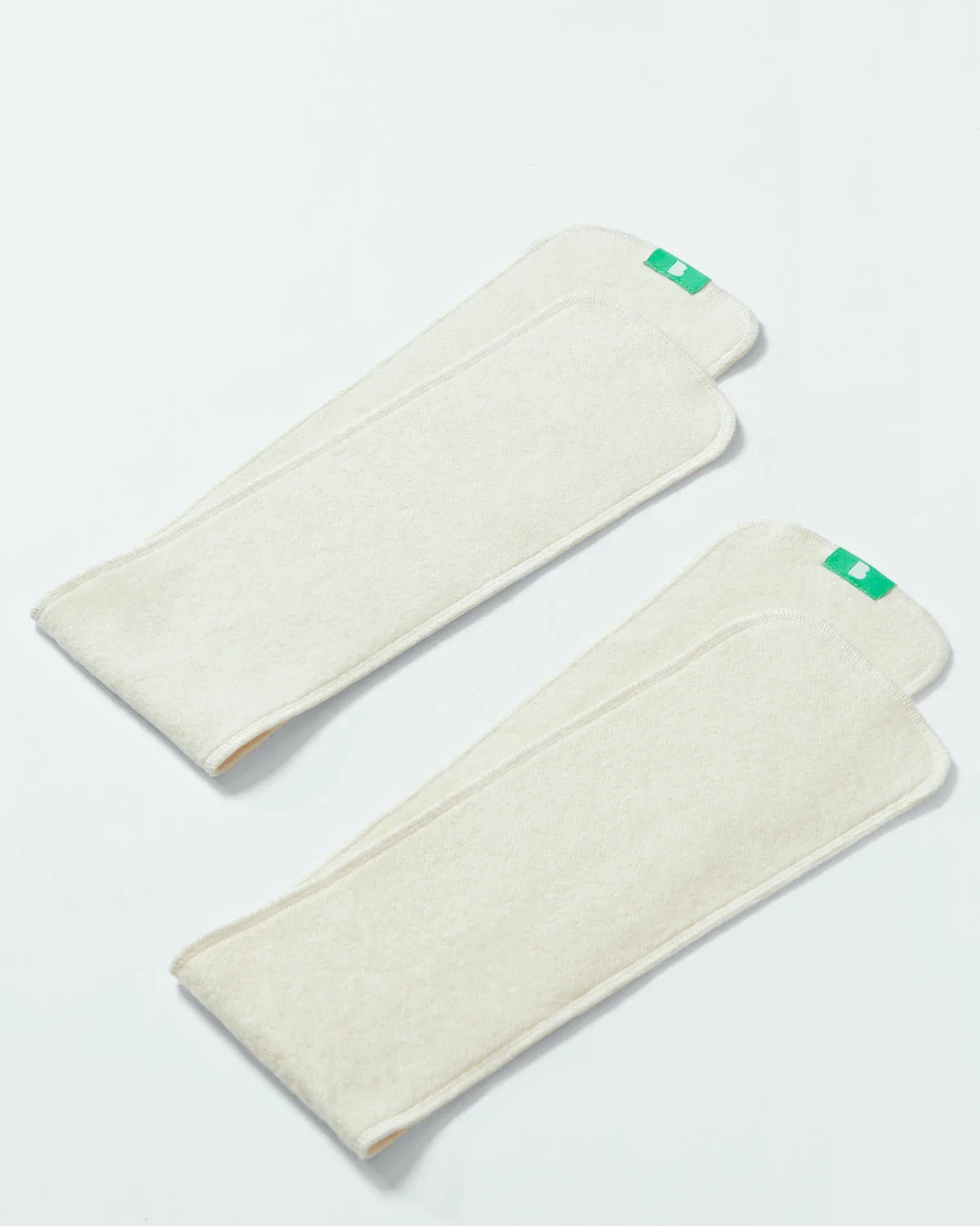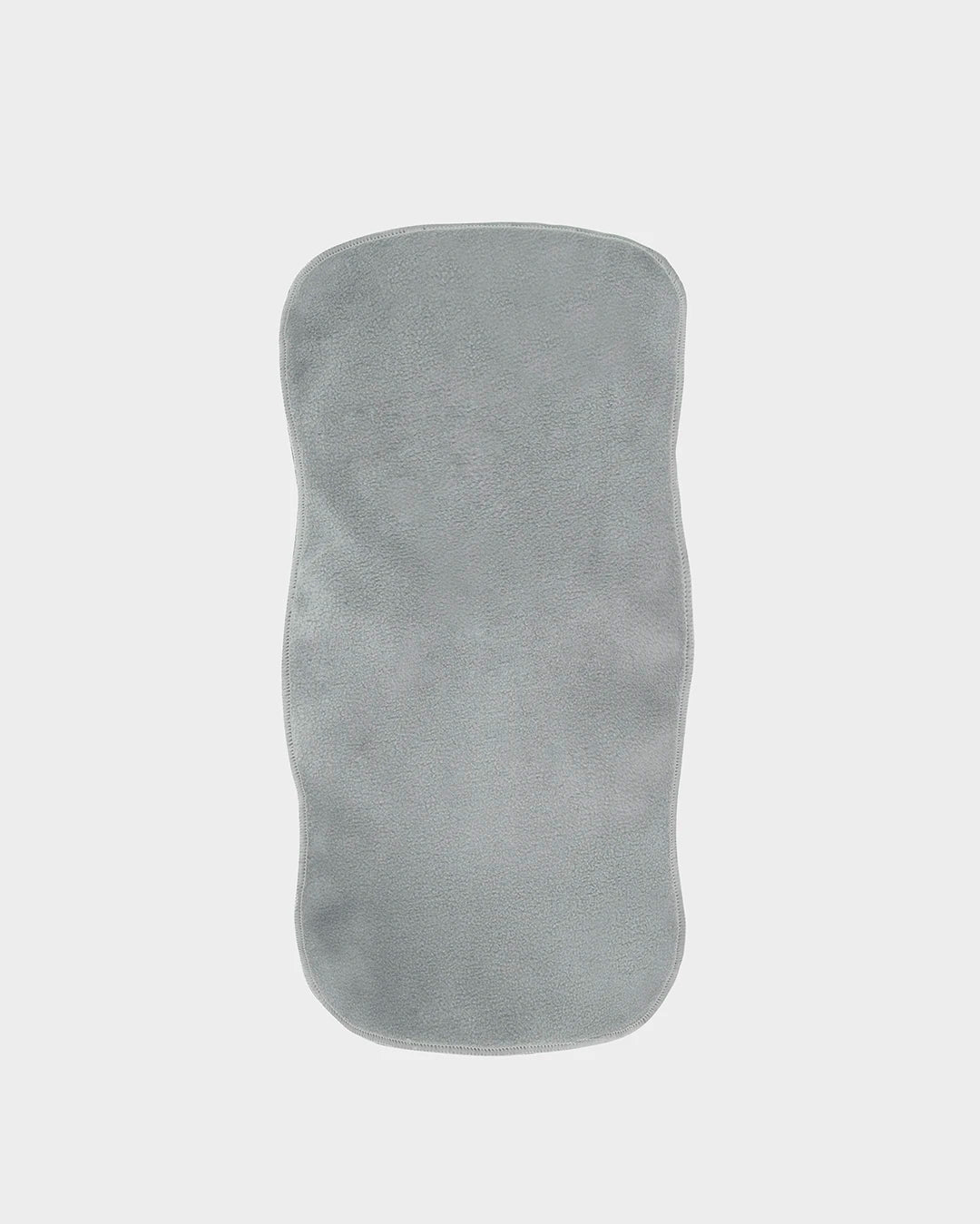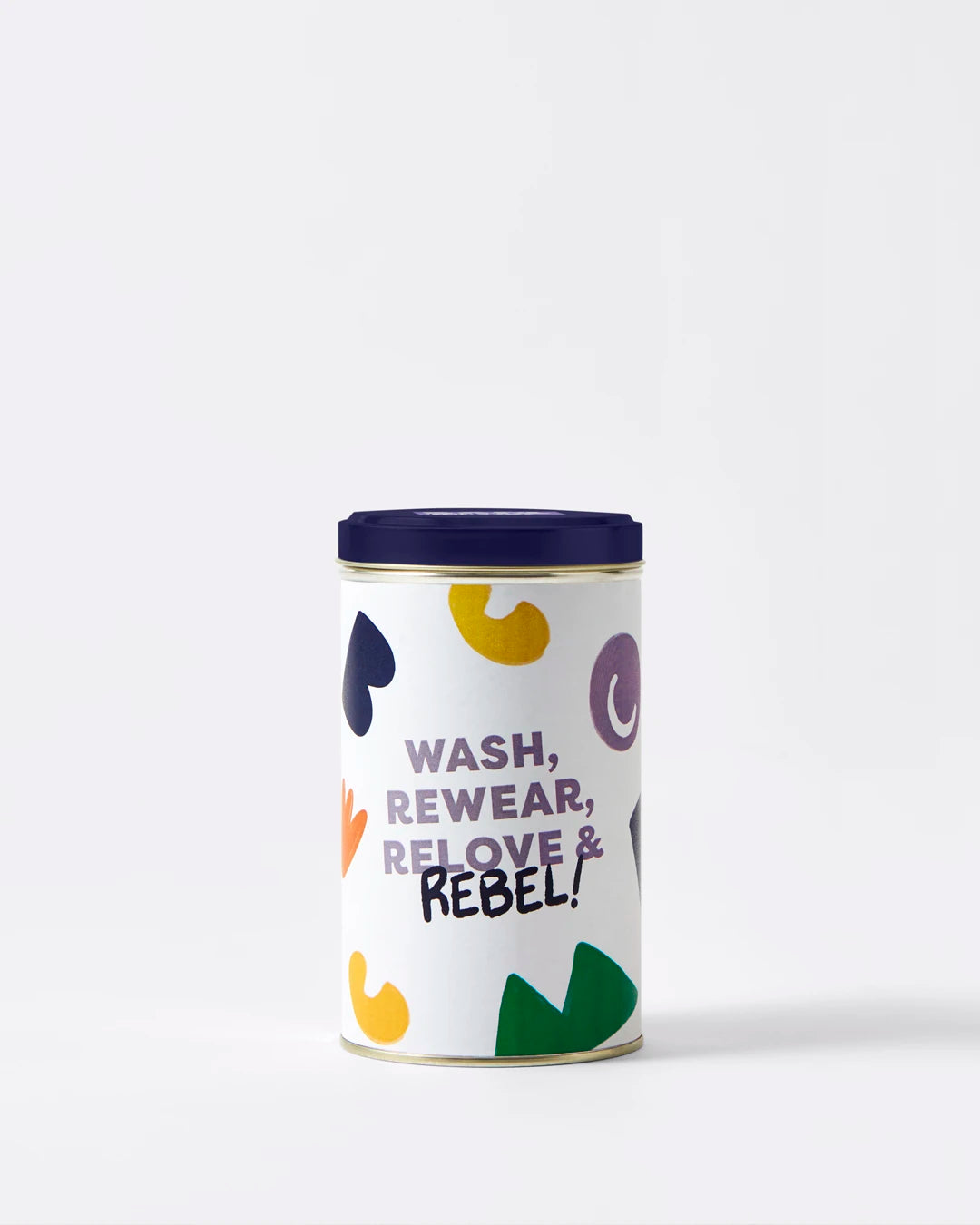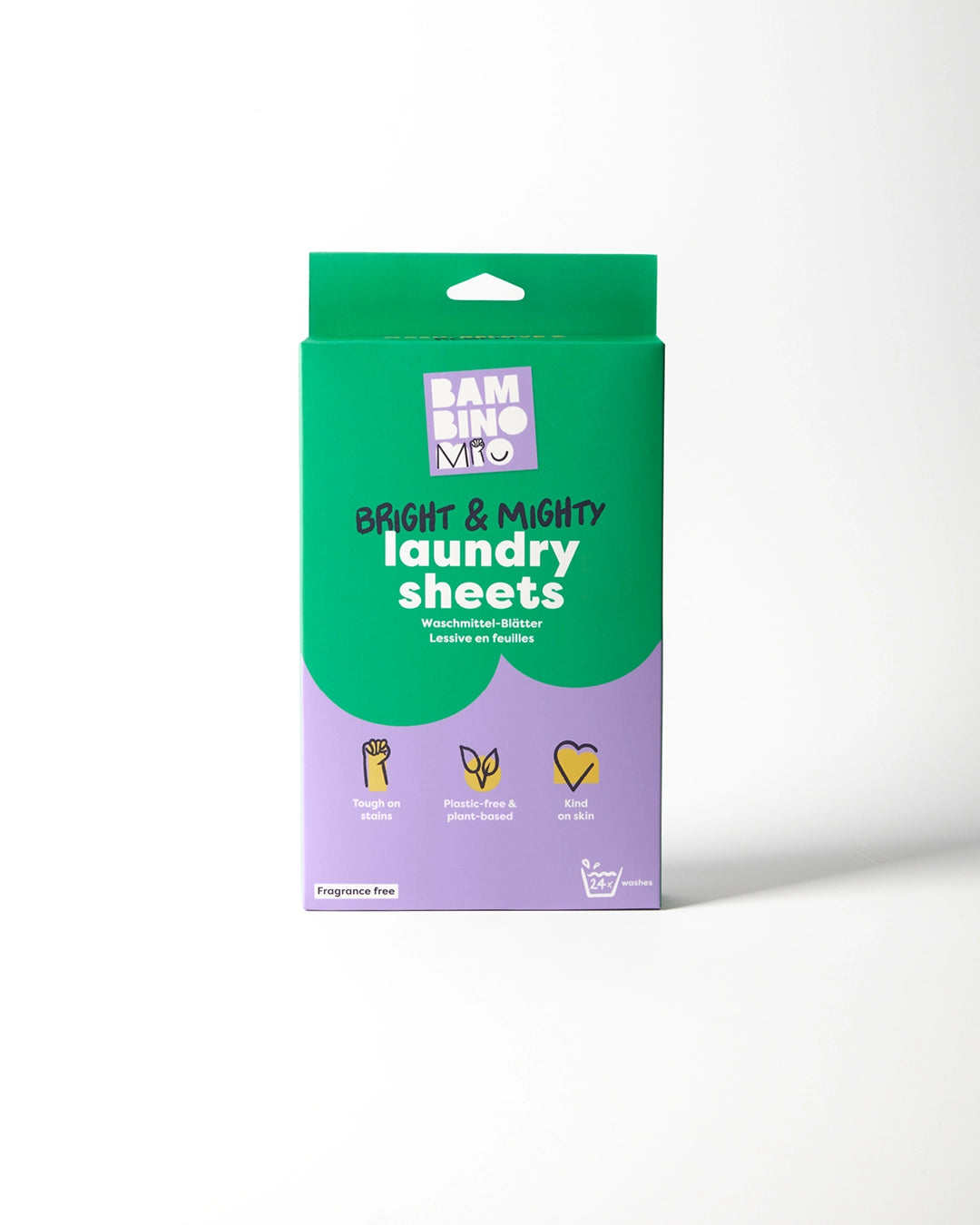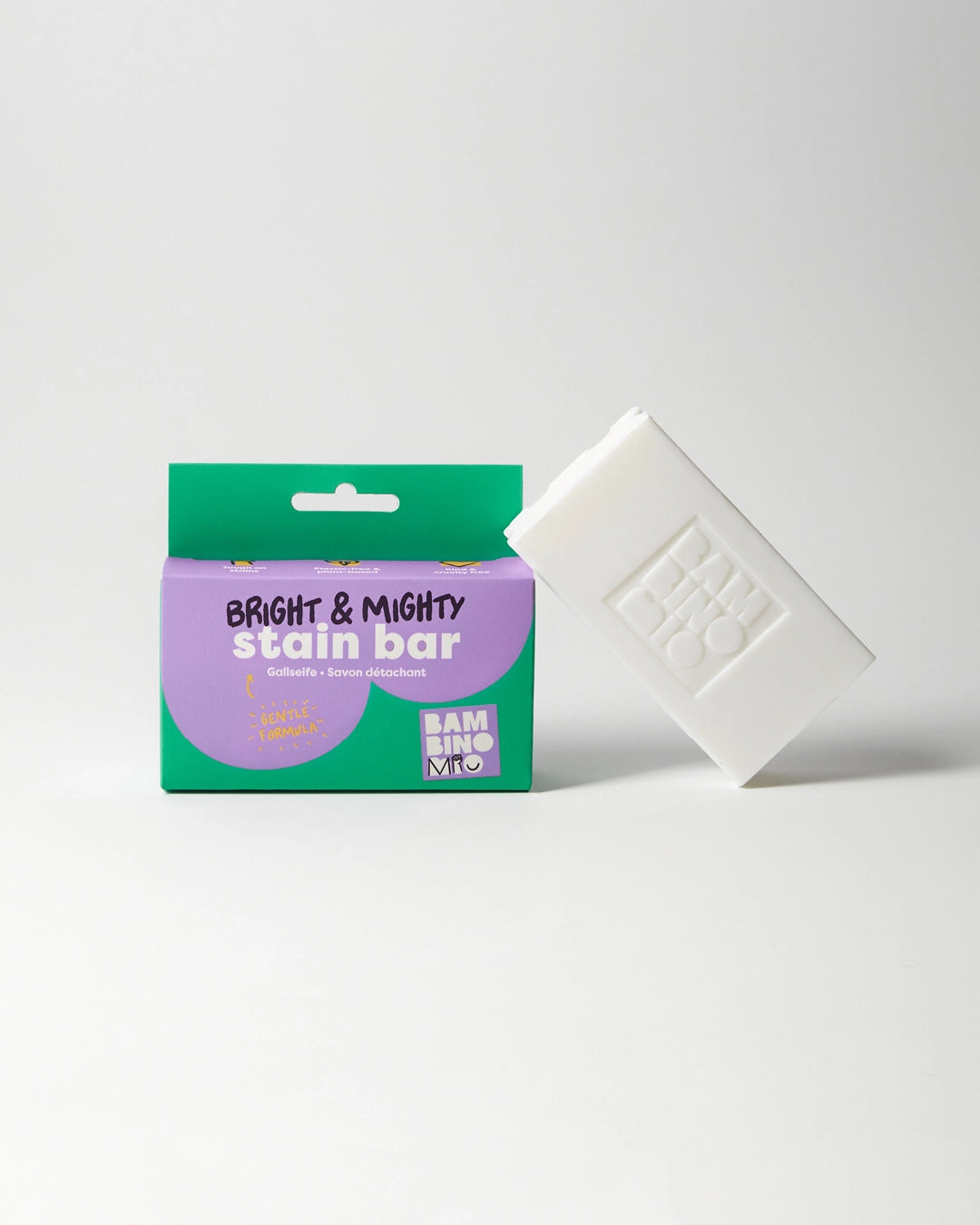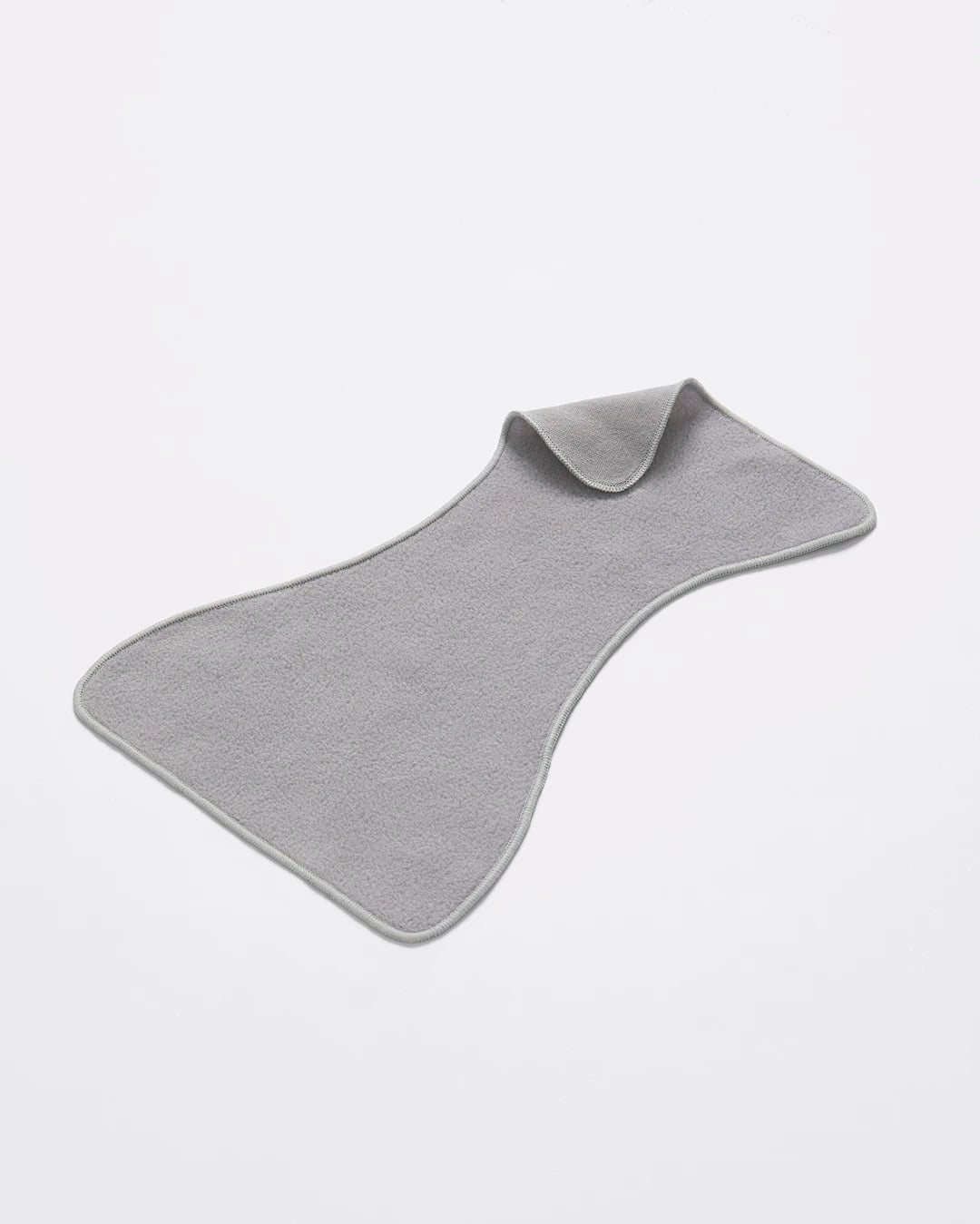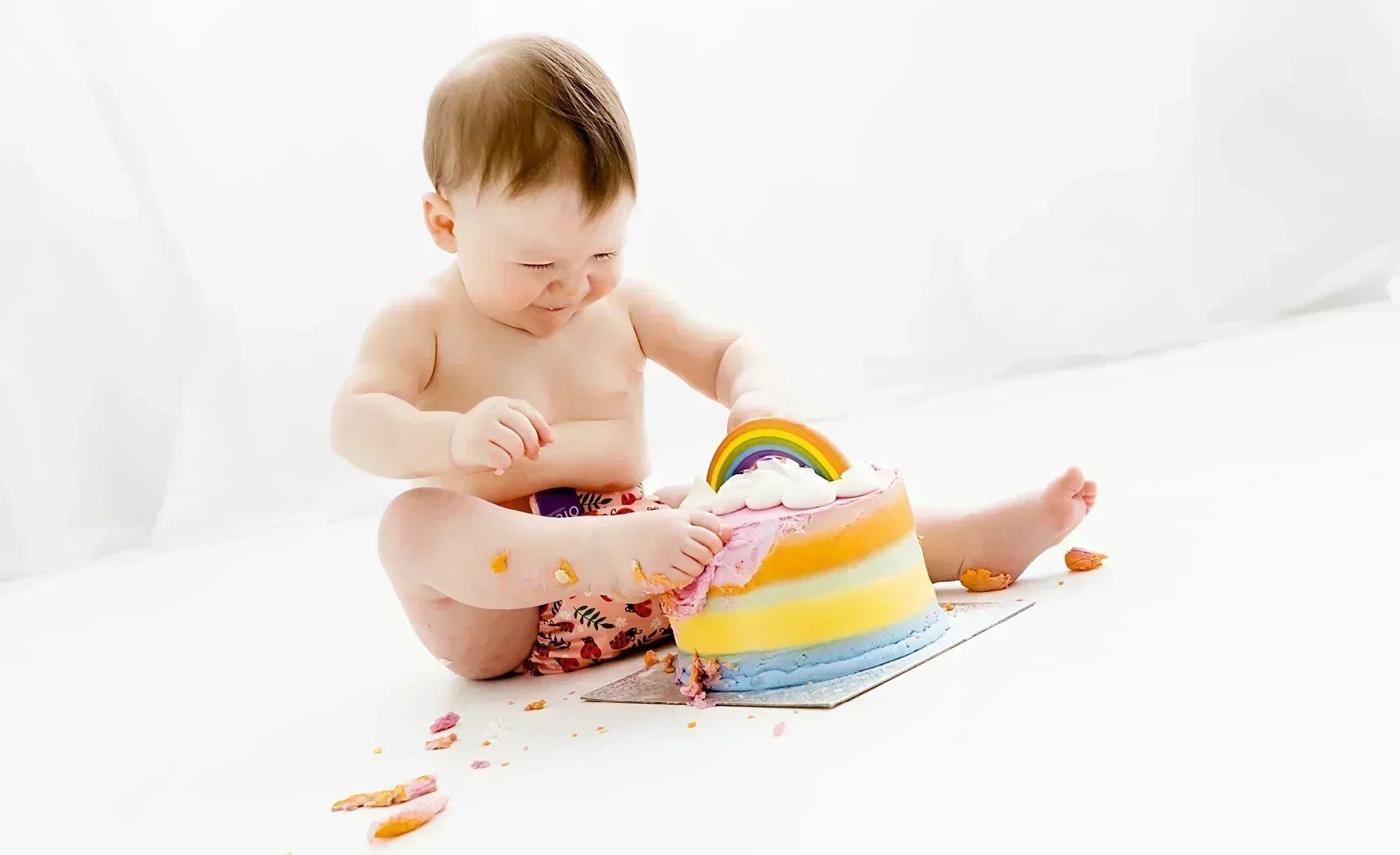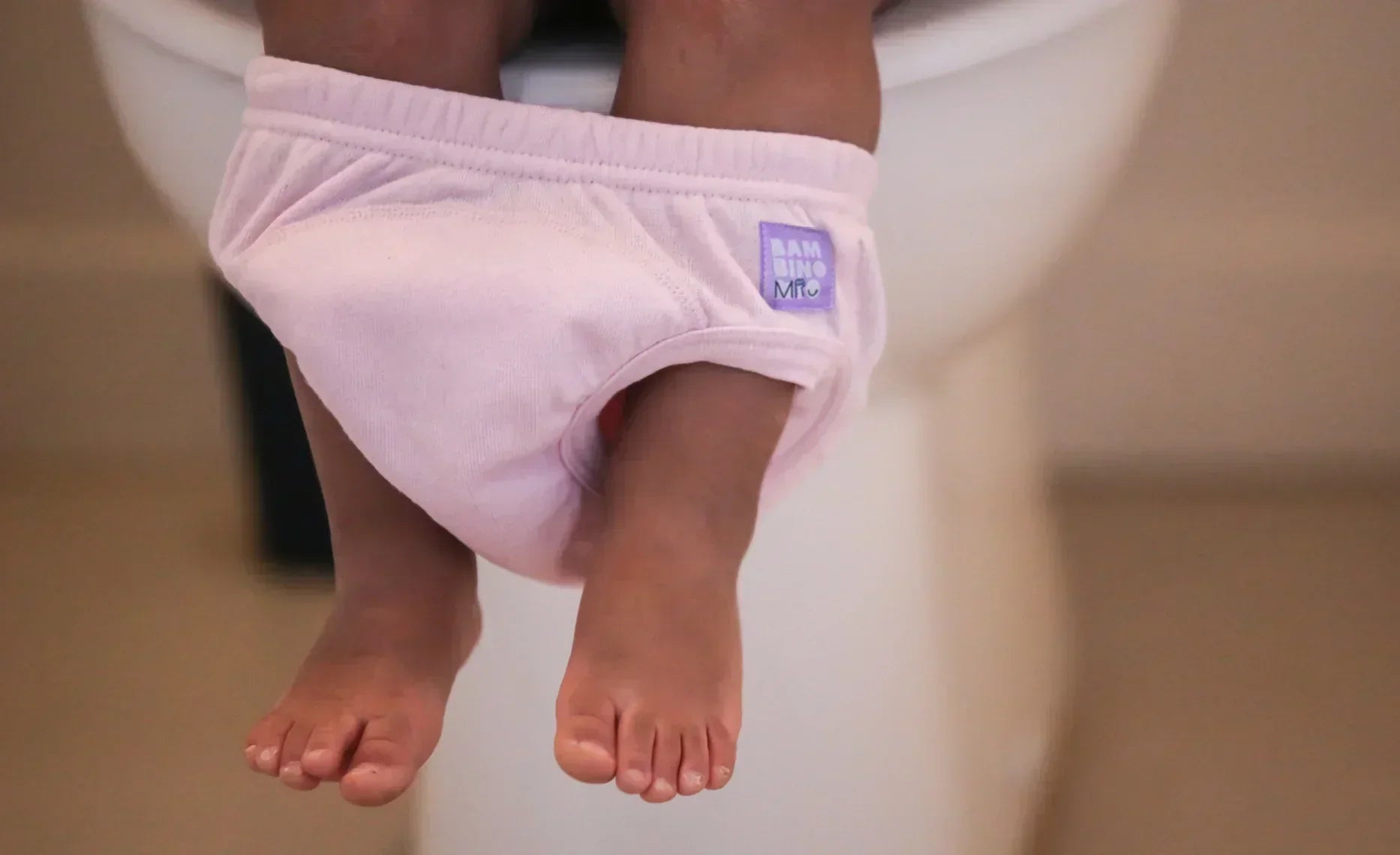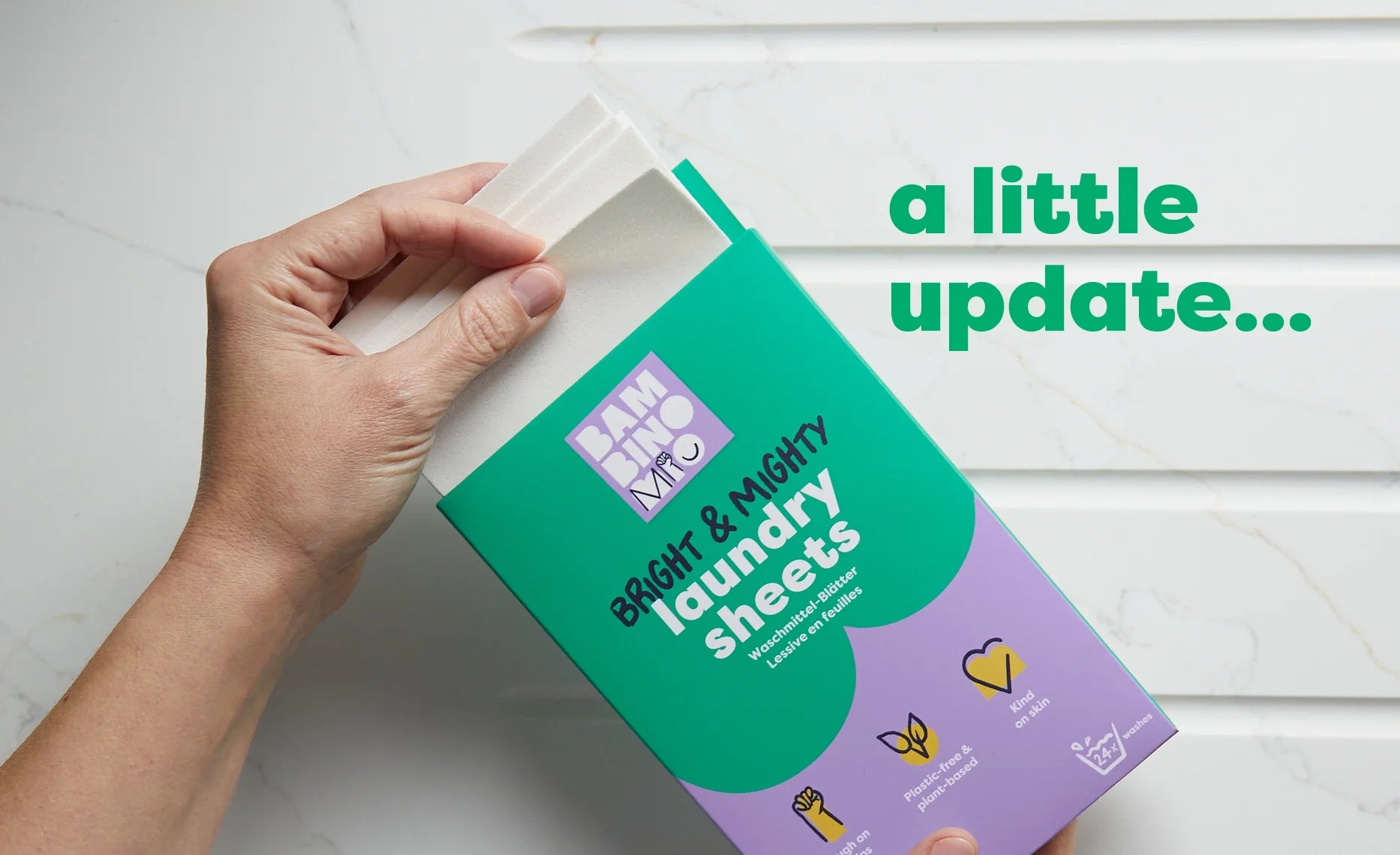Introducing Whole Grains to Your Baby
Share Options
- Bambino Mio
- 29 / 09 / 2023
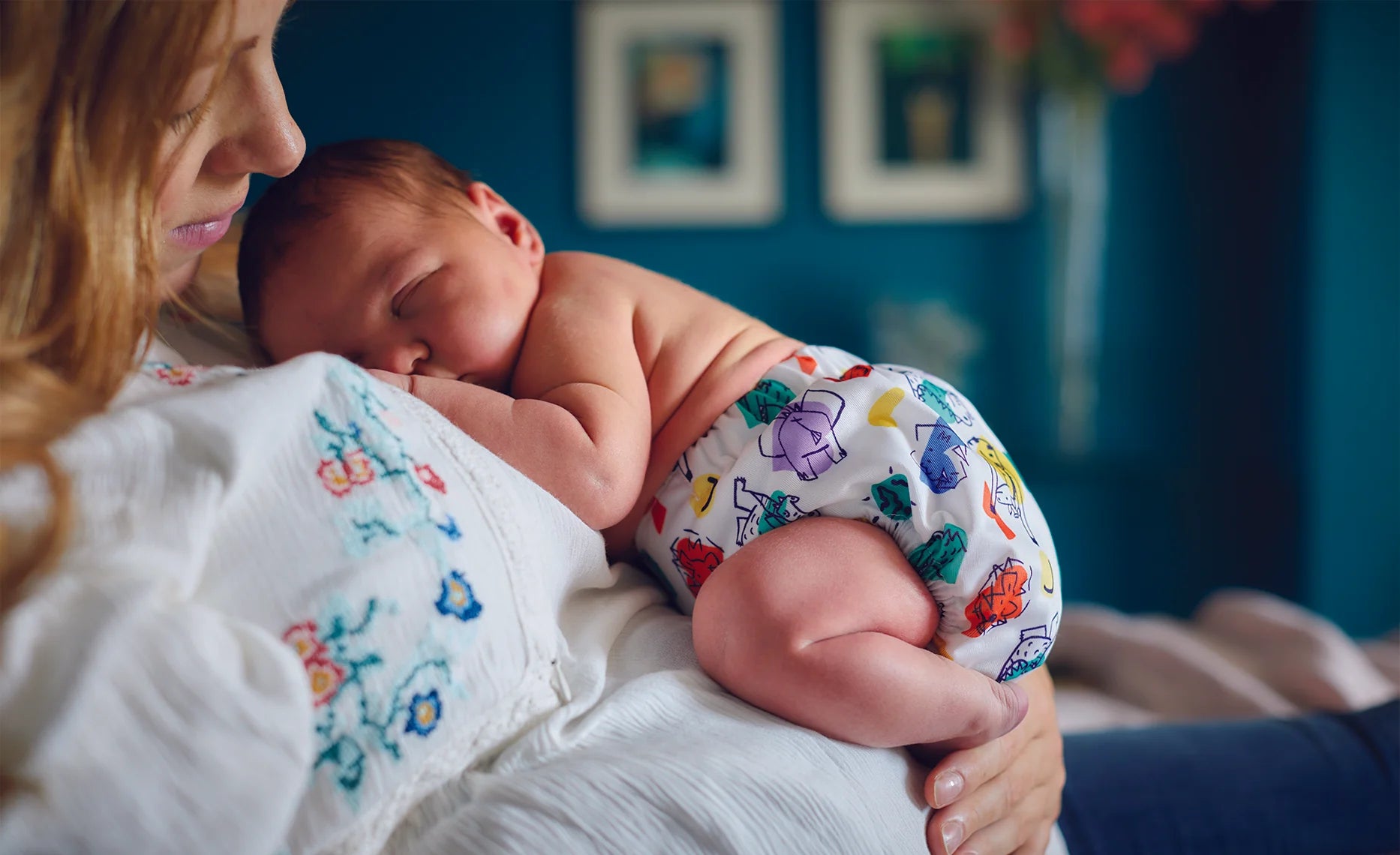
For your attention: The nutritional information within this article is intended solely for general informational purposes. It is not to be considered as a replacement for tailored medical advice from a certified healthcare professional. It is imperative to consult with your paediatrician or a qualified medical expert before introducing new food items such as fish or nuts into your infant's dietary regimen, especially if there are pre-existing health concerns or a familial history of allergies.
Inside this Article:
- Whole grains and your baby
- Which types of bread are best for my baby?
- Brown, wholemeal and wholegrain breads are OK in small amounts
- White bread is also good for your baby in small amounts
- Are there any breads that I shouldn’t give to my baby?
- How to prepare bread for your weaning baby
- Is wholemeal bread good for my baby?
- Citations and References
Grains and cereals are a staple food across the world and who doesn’t love the smell of freshly-baked bread?
If your baby is starting out on their weaning journey then you’ll probably be wondering when you can give them whole grains, including bread. You can find out all you need to know about giving whole grains to your baby here.
Whole grains and your baby
According to the NHS, you can give your baby bread when they’re aged between seven and nine months (1). This is the age at which they’ll be eating two or three meals a day and they’re also developing all the right skills to eat different sorts of breads.
Which types of bread are best for my baby?
Brown, wholemeal and wholegrain breads are OK in small amounts
As adults, we know that brown and wholegrain bread is better for us than white bread because of the higher fibre content.
For babies and toddlers, however, all that fibre can fill up those small stomachs, leaving no room for other foods, with all their valuable calories and various nutrients (2).
You can give your baby small amounts of wholemeal bread, but not all of their starchy foods should be wholegrain (3) and this includes rice, quinoa, barley and pasta. Your child should have a mixture of wholegrain and refined grains until they’re at least two years old.
White bread is also good for your baby in small amounts
White bread still contains a range of vitamins and minerals, and less fibre than wholemeal bread. It is fine to feed white bread to your baby, but this should still be in small amounts. One small slice is ideal to go with a meal.
White bread, including pitta, breadsticks and crackers, contains less fibre than wholemeal versions. It still has some vitamins and minerals, especially if it’s fortified, so a small amount - a small slice with a meal is OK.
Strips of pitta bread and breadsticks are also brilliant finger foods for older babies, especially with hummus when they’re learning to dip and scoop.
Are there any breads that I shouldn’t give to my baby?
Seeded breads
Breads with seeds in, especially larger ones like pumpkin seeds, could present a choking hazard, as could breads with olives and similar things in.
Any breads with added salt or sugar
Brioche and challah bread are delicious, but your baby really doesn’t need that extra sugar. Similarly, they don’t need extra salt in their bread (4), so always look over the labels to make sure there’s less than 1 gram of salt per 100g.
Hard or chewy breads
Breads with hard crusts, like sourdough, might be a bit tough and discouraging for your baby to chew, so stay with softer breads for the first few months of weaning.
How to prepare bread for your weaning baby
As toast
Toast is a great finger food for your baby as it’s stiffer than untoasted bread, which makes it easier to pick up. Its crunchiness also means it’s less likely to form a slippery bolus in your baby’s mouth, which could present a choking hazard.
Toasted sliced bread or crunchy breadsticks also give your baby the opportunity to try different textures and to use the soldiers or sticks to dip into soup, purees or dips.
Babies will take different amounts of time to get used to different textures of food, so keep offering them lumpy food until you're sure they're swallowing it safely.
Untoasted bread
Untoasted bread is also OK, especially alongside a soup or a stew, but make sure it’s cut into thin strips or soldiers to make it easier for your baby to pick up.
Is wholemeal bread good for my baby?
Of course! Wholemeal, wholegrain and brown breads are rich sources of:
- Vitamin B1, or thiamin, for releasing energy from food
- Vitamin E, which promotes healthy eyes and skin and strengthens your baby’s immune system
- Fibre, for a healthy (and regular) digestive system
- Magnesium for bone health and energy
- Manganese for a healthy metabolism
- Zing for a strong immune system
Citations and References
(1) National Health Service (NHS). ‘Weaning and Feeding. Your Baby’s First Solid Foods.’ 2022. Web. www.nhs.uk/conditions/baby/weaning-and-feeding/babys-first-solid-foods
(2) National Health Service (NHS). ‘Young Children and Food: Common Questions.’ 2022. Web. www.nhs.uk/conditions/baby/weaning-and-feeding/young-children-and-food-common-questions
(3) National Health Service (NHS). ‘Weaning and Feeding. What to Feed Young Children.’ 2023. Web. www.nhs.uk/conditions/baby/weaning-and-feeding/what-to-feed-young-children
(4) National Health Service (NHS). ‘Food Types. Salt In Your Diet.’ 2023. Web. www.nhs.uk/live-well/eat-well/food-types/salt-in-your-diet


